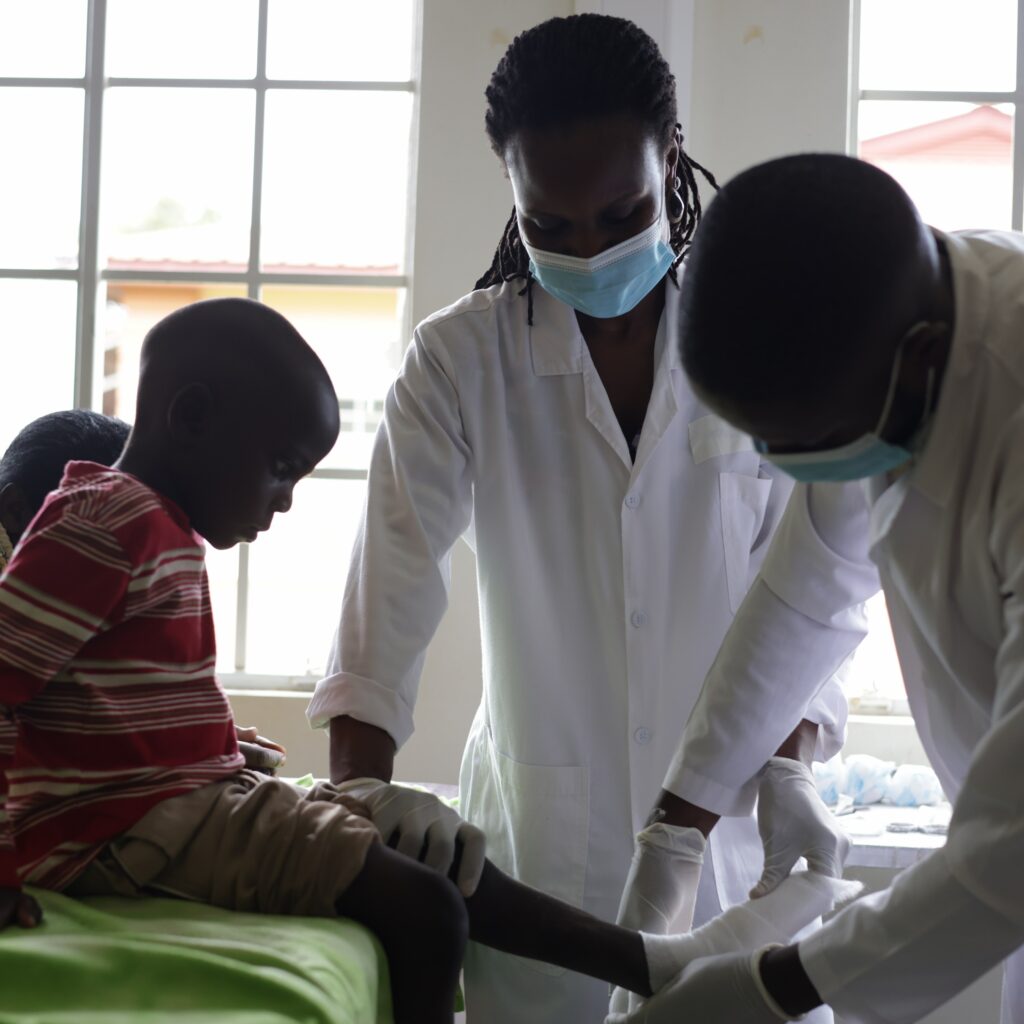ReLAB-HS is implementing co-designed interventions with the goal of strengthening the integration of rehabilitation and assistive technology (AT) into health systems and is committed to supporting local solutions to integrate quality rehabilitation and AT services into primary care.
ReLAB-HS is implementing activities at the district level through Networks of Care, which consist of both public and private health providers ranging from community health workers to specialist rehabilitation service providers at regional referral or specialty hospitals. In each Network of Care, an improved service delivery model that integrates rehabilitation and AT was co-developed with local stakeholders. The service model includes details on how to operationalize services, such as administrative, technical, and clinical processes needed to ensure that consistent, appropriate service can be maintained. Other elements may include defining community outreach and clinical roles and responsibilities, establishing referral pathways, improving data collection, and strengthening the supply chain to secure the availability of assistive products as close to the community as possible.
Training is being delivered to community health workers, primary care providers, and rehabilitation professionals to ensure that they have the skills to recognize client needs, refer clients to higher levels of care, and/or provide rehabilitation and AT services, according to their respective roles. Quality and integration measures are being used to support the quality improvement process.
In addition, ReLAB-HS is testing innovative solutions like the use of a mobile application to assist primary health workers with assessing and providing care for clients with basic rehabilitation needs, advising on AT, referring them to tertiary services as needed, and tracking completed referrals and counter-referrals.
This approach supports coordination among different stakeholders and health service providers from the community level to the regional level to increase access to rehabilitation and AT services. The implementation model will be documented in a replicable format in the R-FIT tool.


